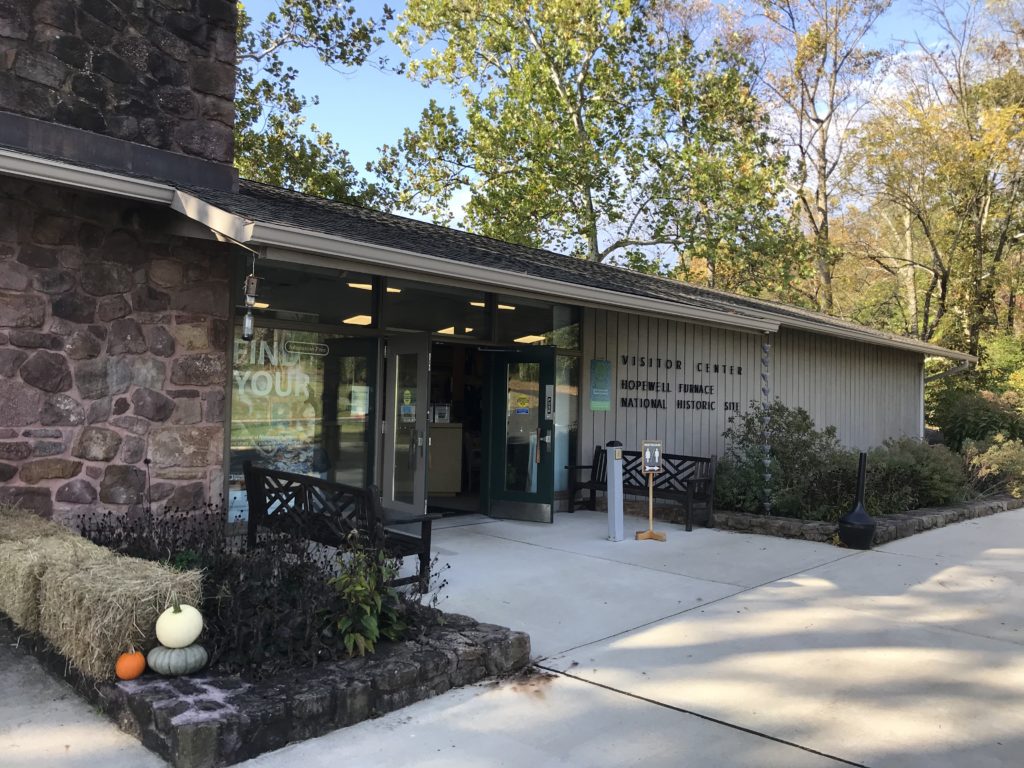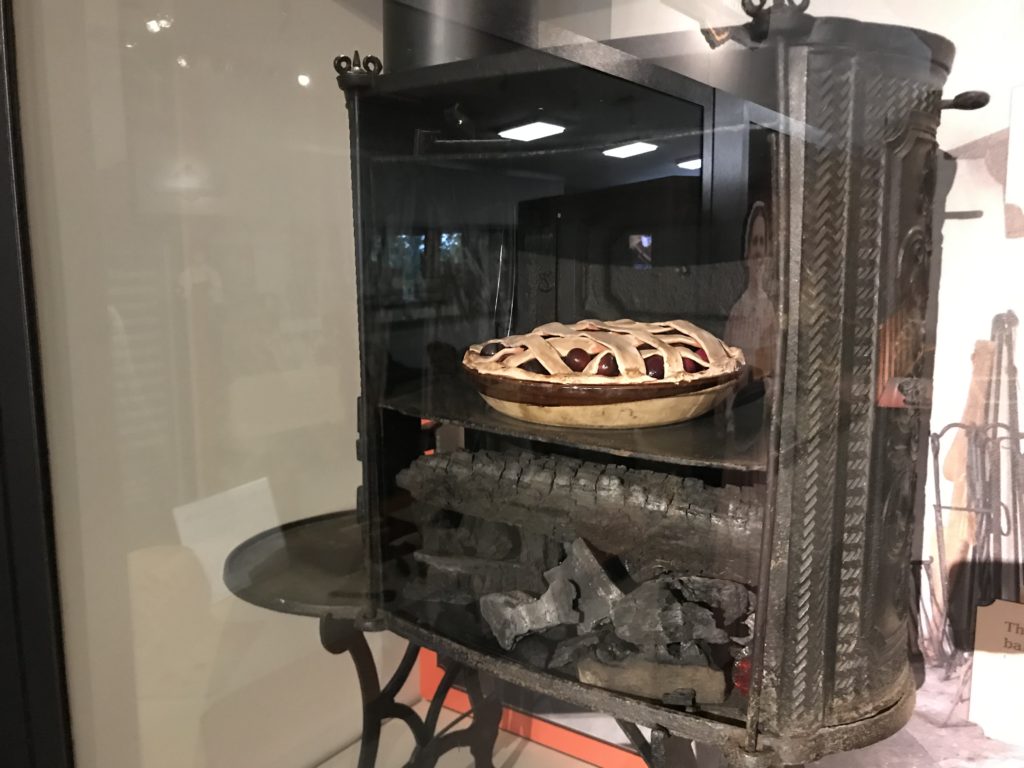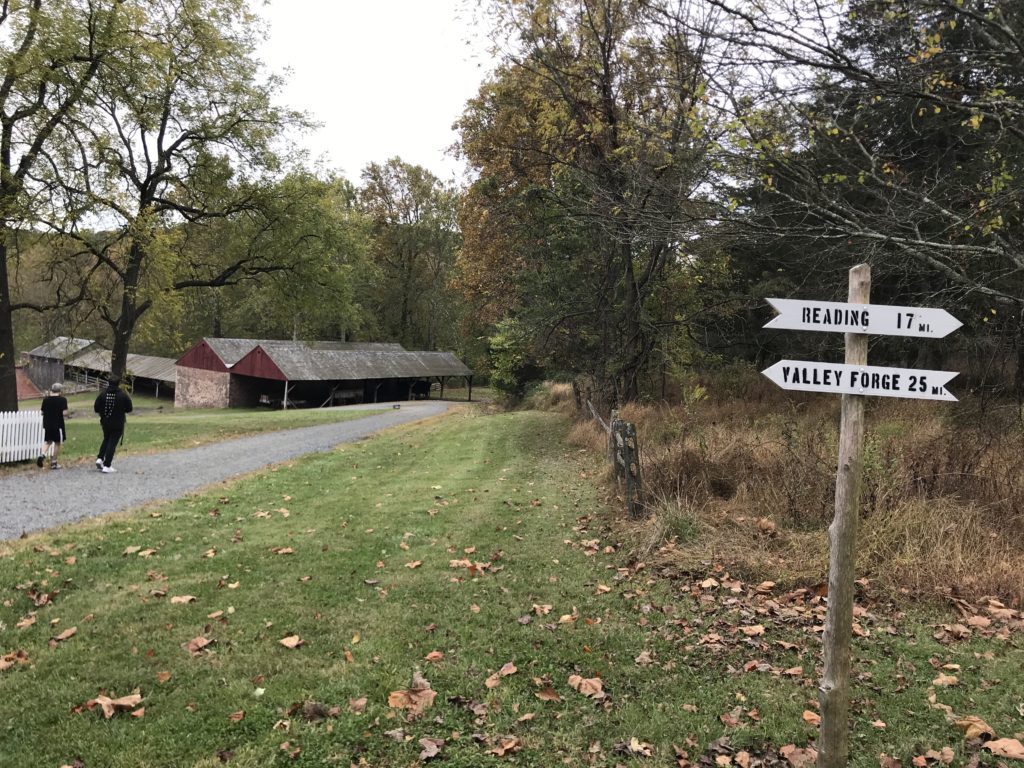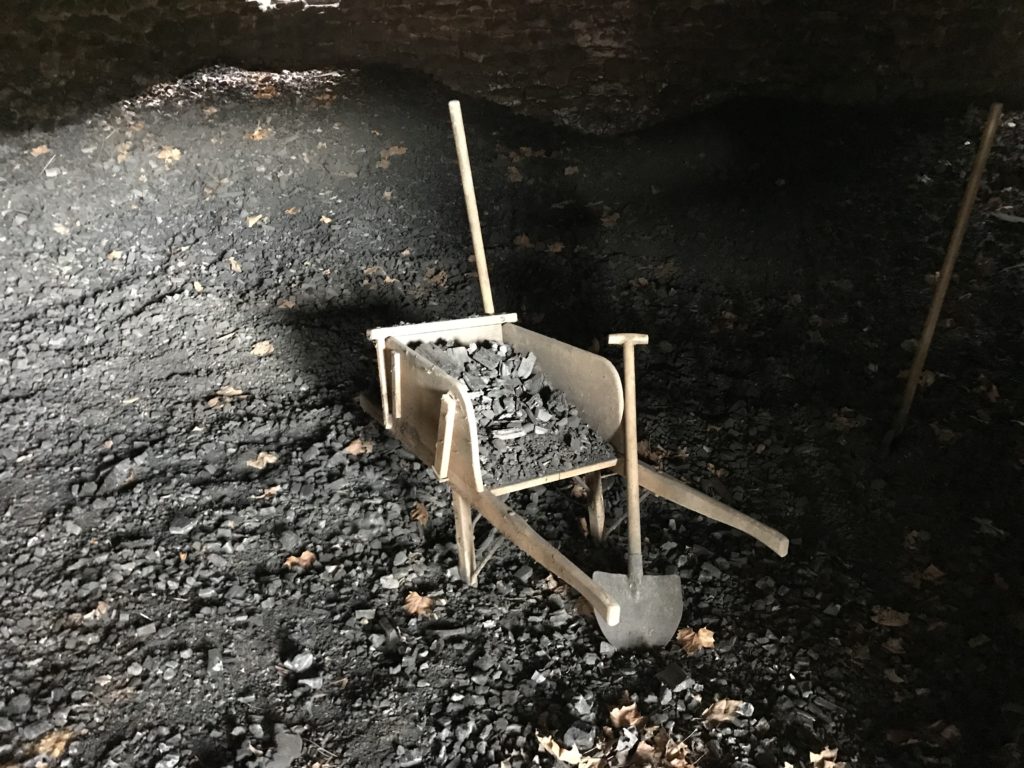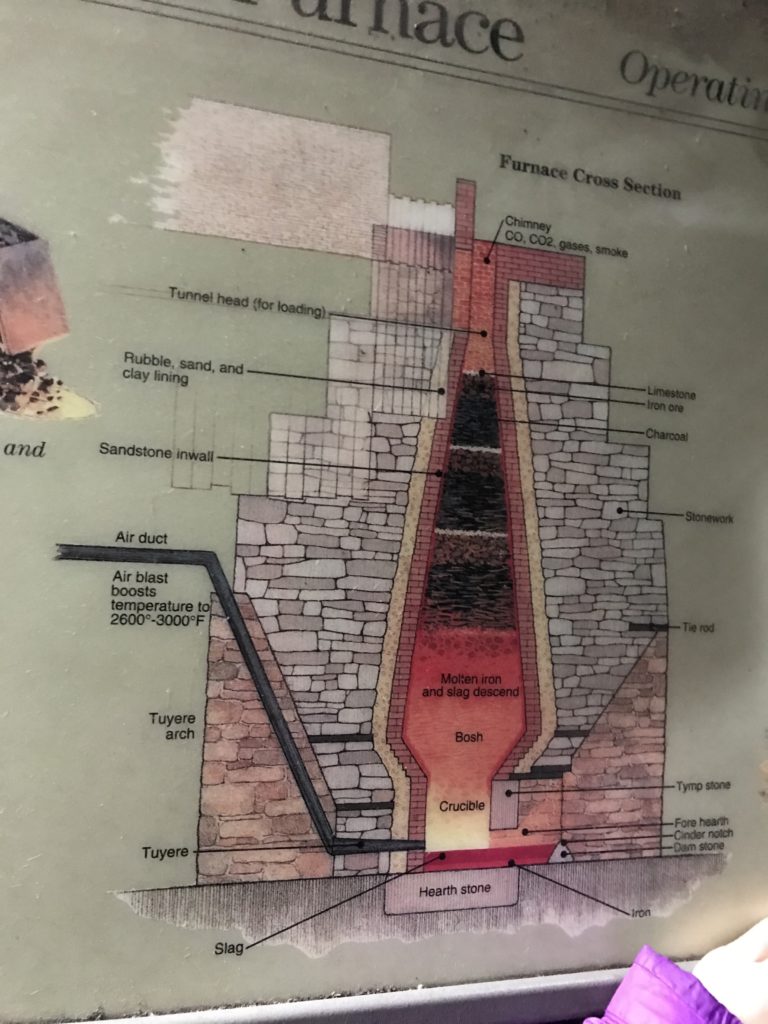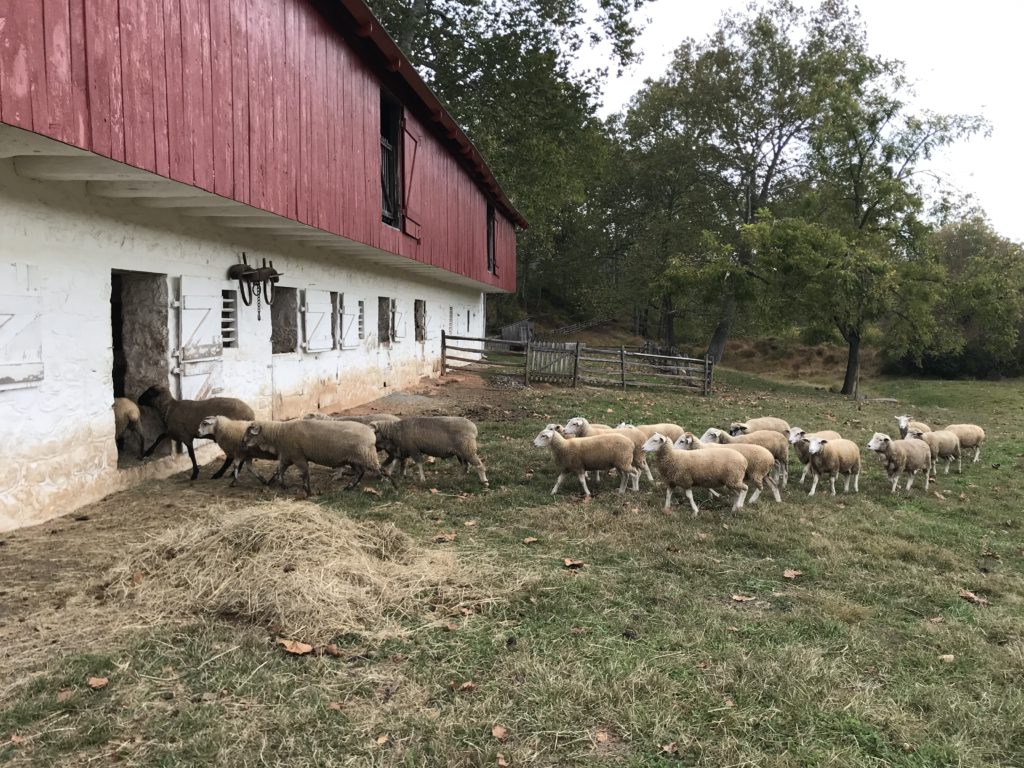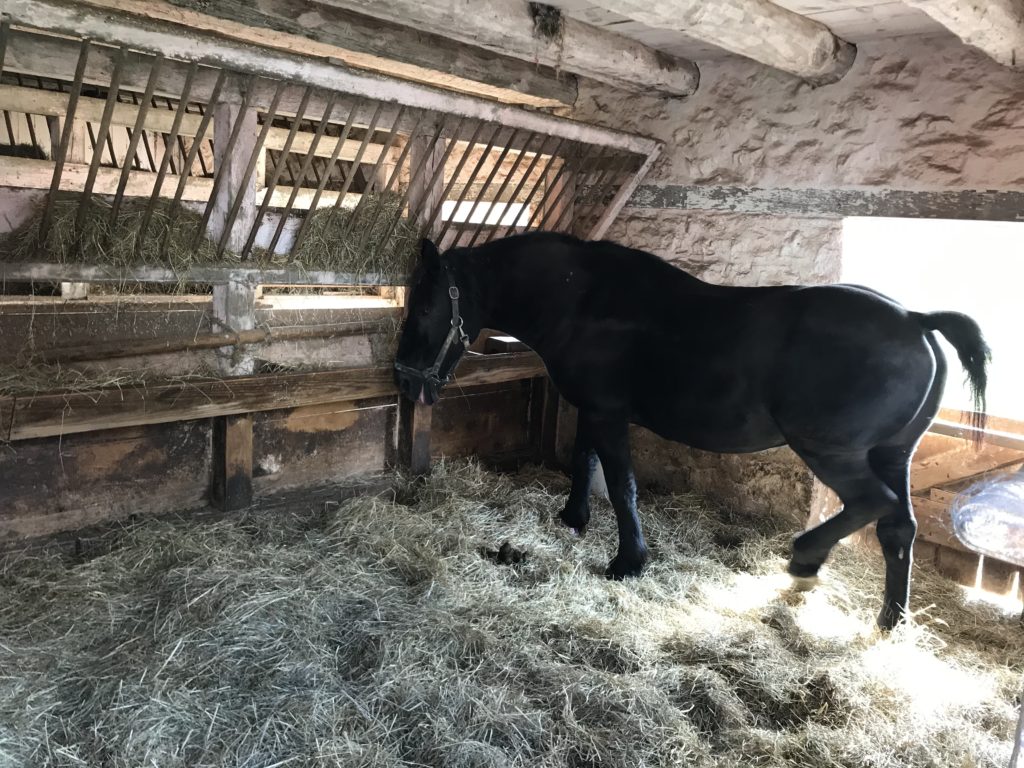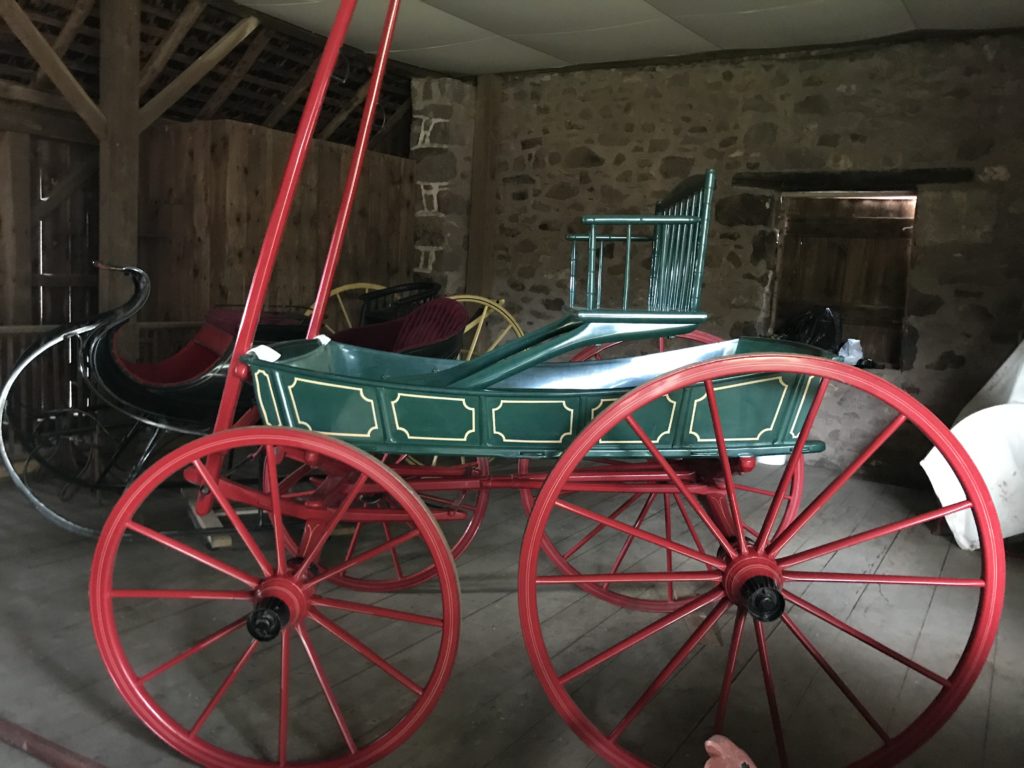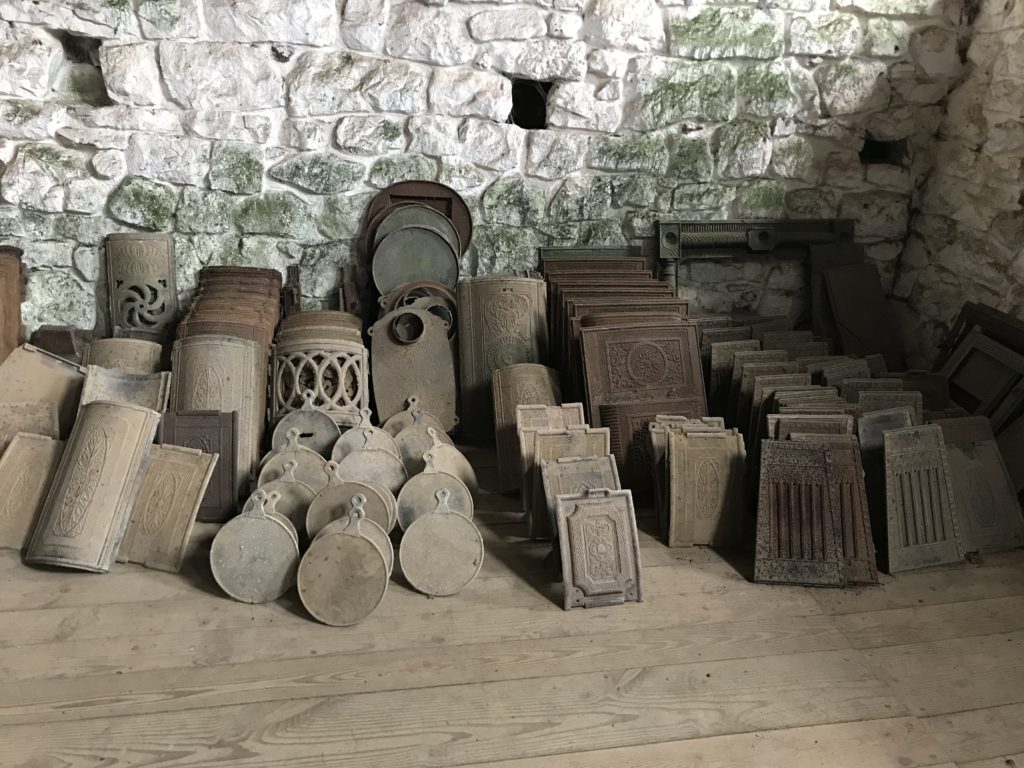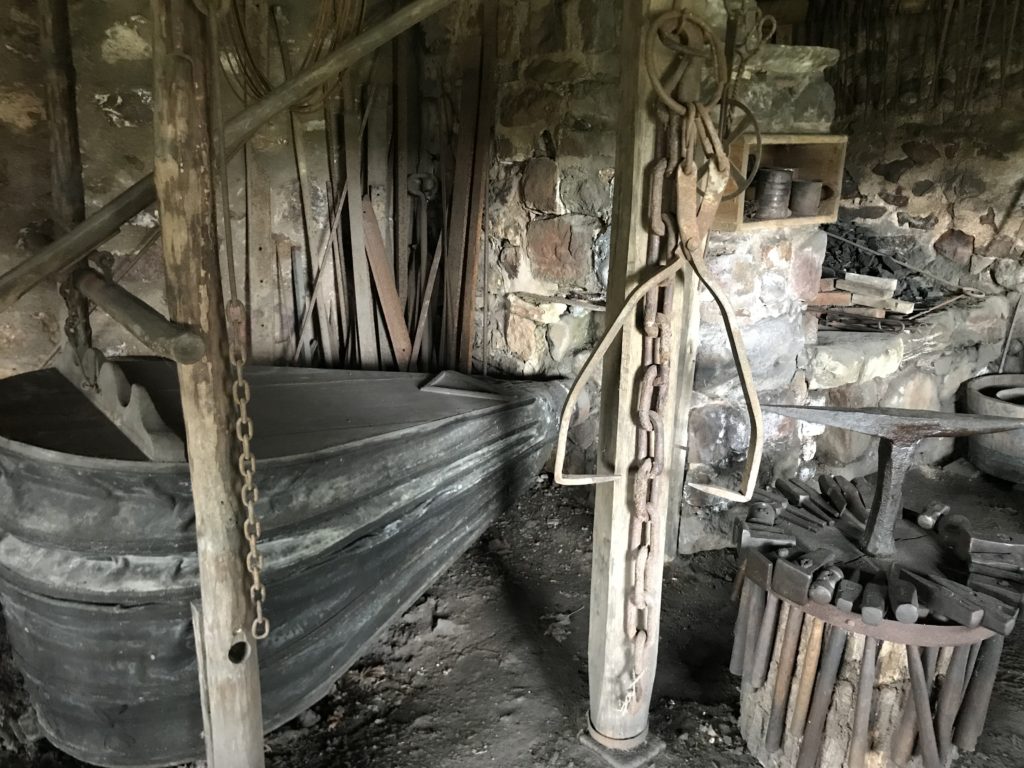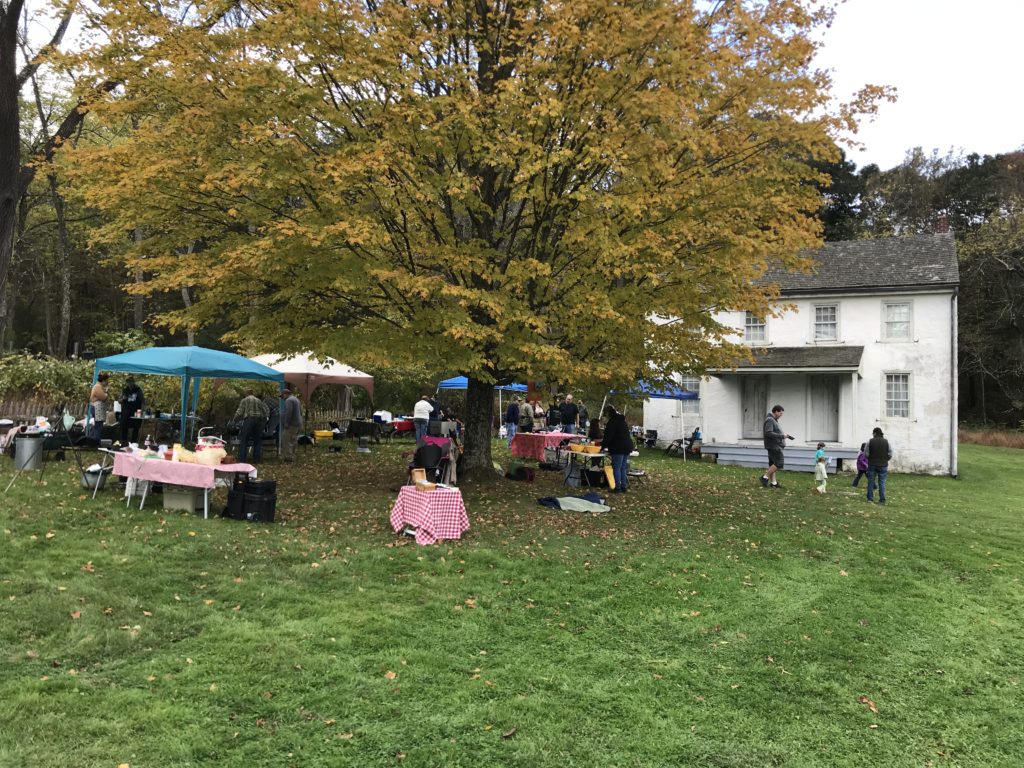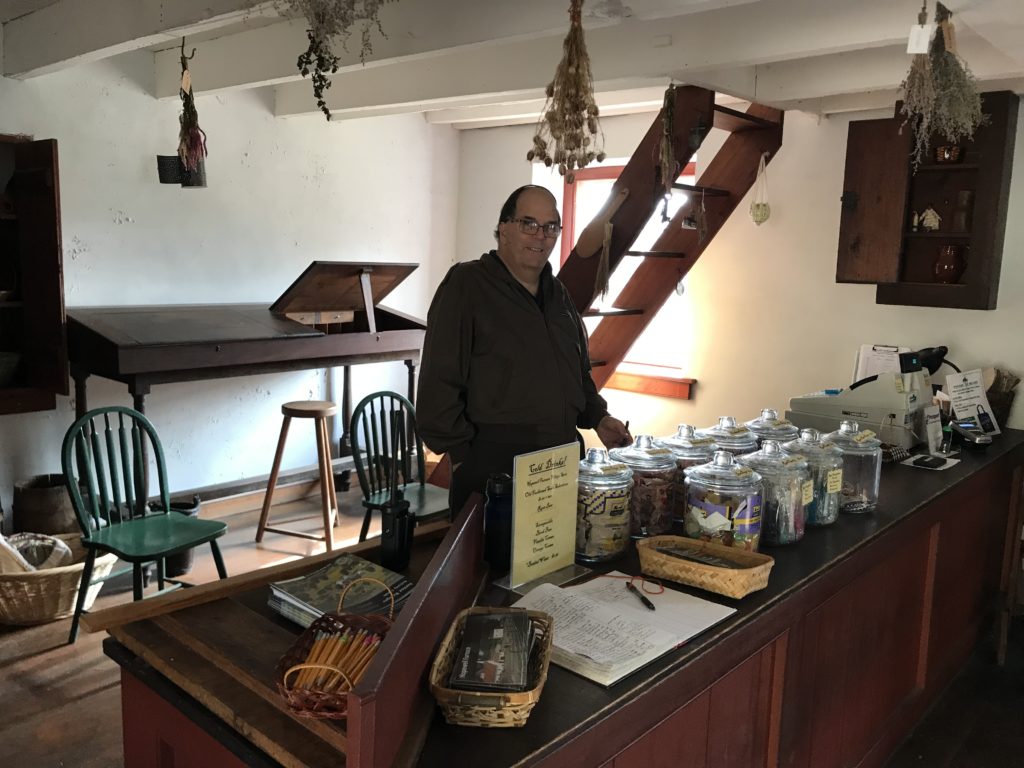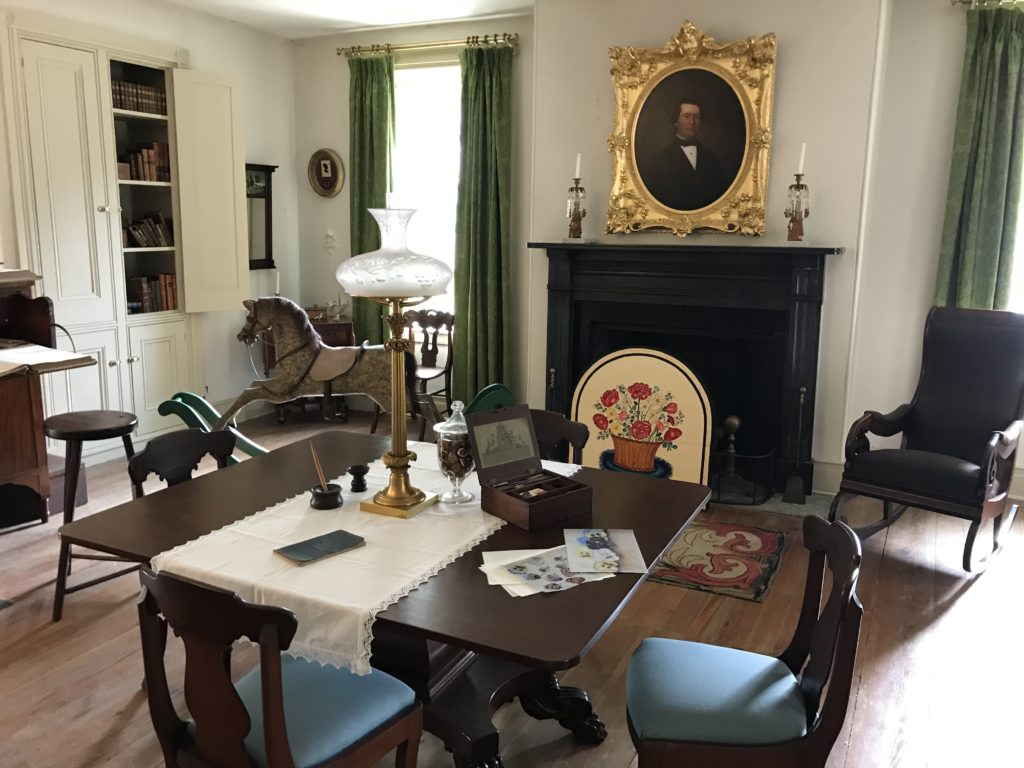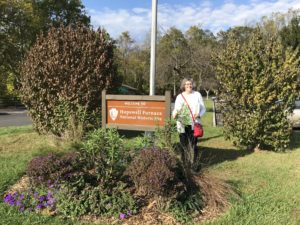 While staying in Harrisburg, Tom and I took day trips to visit nearby National Park sites. One day we went to Hopewell Furnace National Historic Site.
While staying in Harrisburg, Tom and I took day trips to visit nearby National Park sites. One day we went to Hopewell Furnace National Historic Site.
We were very interested in visiting Hopewell Furnace National Historic Site because we are interested in working there some time in the future. Hopewell Furnace is an early example of an industrialized town. Opened in 1771, it was an “iron plantation” where the workers and their families lived in a town surrounding the iron furnace. Ironmaster Mark Bird founded the furnace in this place where he had all he needed to produce iron. Acres of forest for charcoal, mined iron ore, water to power the blast furnace, and pioneers willing to work hard.
Hopewell Furnace produced iron necessary for the Revolutionary War. But its most profitable years were 1820-1840 when industrial growth fueled the northeast United States. By the Civil War, anthracite-fueled iron furnaces replaced the small charcoal furnaces.
Today Hopewell Furnace National Historic Site is comprised of 850 acres with 14 restored historic buildings. The furnace survives intact, with a complete blast furnace, water wheel, blast machinery, cast house and charcoal house. You can see all the steps in early iron production in this one place. There is also an ironmaster’s house, company store, blacksmith’s shop, barn and several worker’s houses.
Tom and I explored the grounds thoroughly. Tom was especially excited about the completeness of the iron setup. On selected weekends, Hopewell Furnace demonstrates iron casting. We checked out the barn and the houses. There are sheep, chickens, and horses on the grounds. On the day we visited a local cast iron cooking group was demonstrating modern cast iron cooking. Because the grounds are historic, they had to be creative with the ways they made their fires for cooking. Living History demonstrations are an everyday event at Hopewell Furnance, especially in the summer. The company store is open and is an interesting mix of modern items for sale and historic items on display.
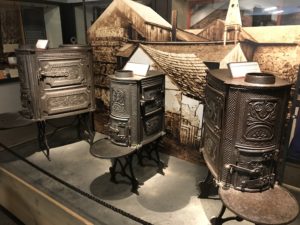 Tom and I really enjoyed our visit to Hopewell Furnace and were ready to volunteer there. Unfortunately they only have one RV spot and they have volunteers lined up until 2023. We weren’t ready to commit that far ahead. We found out later that our friends, Johnny and Val, are going to be volunteering there in 2021. If they had two RV spots, the four of us would be a team they couldn’t top.
Tom and I really enjoyed our visit to Hopewell Furnace and were ready to volunteer there. Unfortunately they only have one RV spot and they have volunteers lined up until 2023. We weren’t ready to commit that far ahead. We found out later that our friends, Johnny and Val, are going to be volunteering there in 2021. If they had two RV spots, the four of us would be a team they couldn’t top.
Visiting Hopewell Furnace National Historic Site was like stepping back in time. You could imagine the workers going about their daily chores. I could still smell the charcoal burning and the tang of iron in the air.

